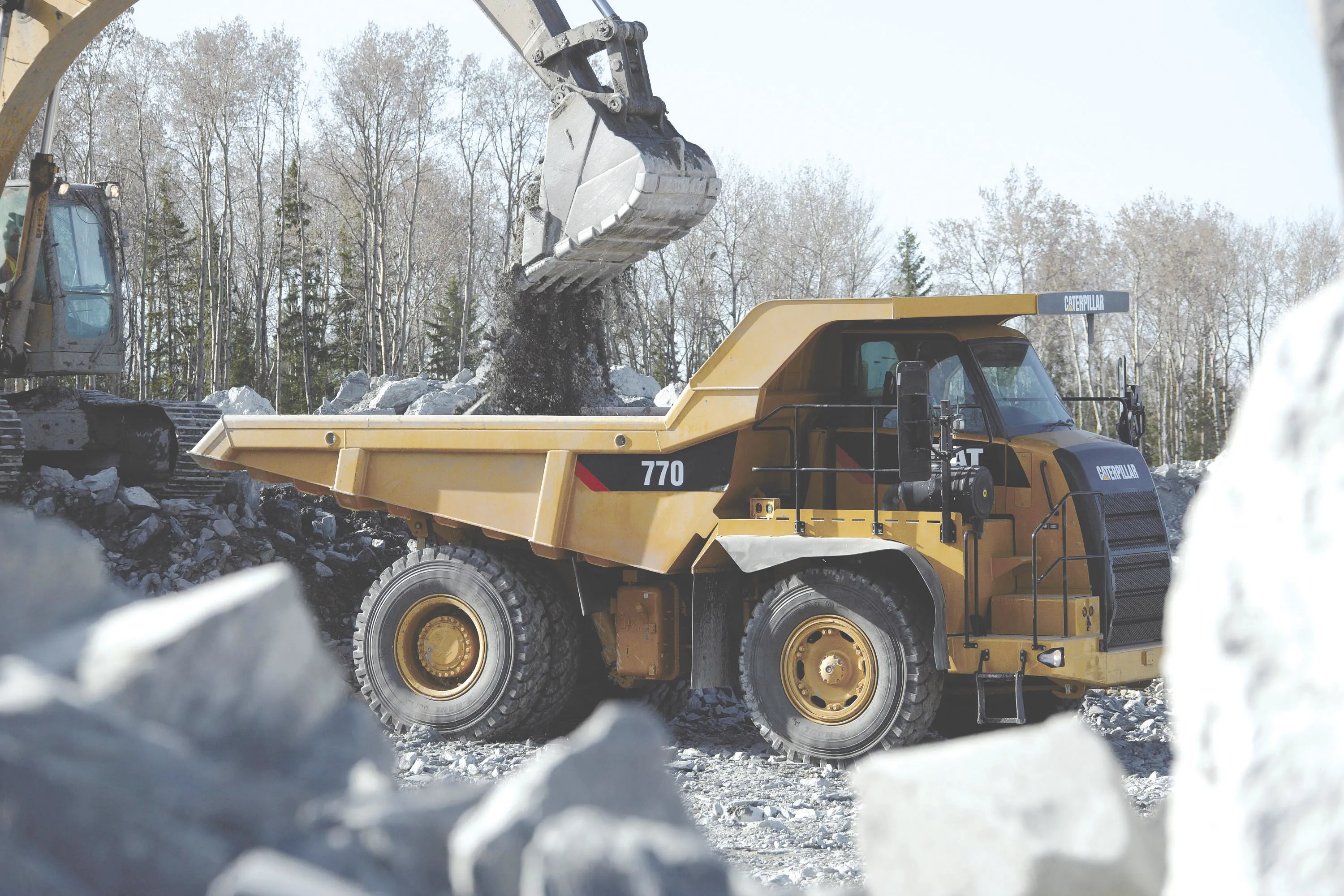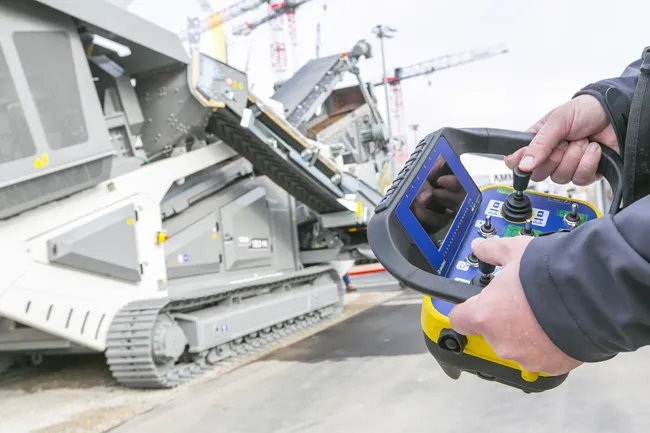Improving aggregate production and quality levels is not just about investing in the latest equipment but making sure existing machines are optimised - Claire Symes reports. Although the cost of fuel has dropped since last summer's high, reducing the cost/tonne of production is still high on the agenda for most quarry operators, along with improving quality.
February 27, 2012
Read time: 6 mins

Improving aggregate production and quality levels is not just about investing in the latest equipment but making sure existing machines are optimised - Claire Symes reports
Although the cost of fuel has dropped since last summer's high, reducing the cost/tonne of production is still high on the agenda for most quarry operators, along with improving quality. However, lowering operating costs does not have to involve investing in new equipment but can be achieved through better use of the existing fleet."Matching the right equipment for the task together in the first place is important," said
The choice of machines depends on a variety of factors; the production requirements of the site, the existing equipment fleet, site conditions, the haul distance and future plans for the quarry. "Whatever the machines, their sizes need to be matched for the best performance," said Porri. "While it would be possible to load a truck in one cycle with a large wheeled loader or excavator, this is not the best use of assets and generally a loader that can load a truck in 4-5 passes is considered the most efficient."
Once the fleet has been established, there are still a number of variable factors affecting the operation; machine availability, the time and fill of the bucket, the load and dump cycle and the haul roads.
Load and haul
Many quarries operate at below their theoretical capacity and by looking at the actual process and impact of different machine fleets it is possible to find areas for improvement. By using Cat's Fleet Production and Cost software, Porri can accurately point to issues that affect almost any quarry and which can be quickly applied. "The simulation of the quarry operation based on machines and outputs based on different models (for both Cat and other manufacturers) can give an accurate idea of the impact on the cost/tonne of production."The system allows users to input the equipment fleet using machine data, cycle times, costs (to buy, operate and maintain the machines) and availability. Information about haul roads can also be entered in terms of length, grade and resistance for each segment. Cycle times, measured on site, can be added in terms of fill factors and number of passes, along with actual rock data and output.
According to Porri, there is no one size fits all solution for quarries, so each needs to be analysed individually. "Simple things like the time taken during each loading cycle and bucket fill factors have a significant impact on the cost of production over the course of a year," he said.
Conveyor option
While it is possible to reduce the cost of loading and hauling, many quarry operators are opting for use of conveyors to efficiently deliver material to the crushing and screening plant. "In Scandinavia we have seen a growing demand for conveyors in recent years," said Per Hansson managing director of Möckeln, which is part of the According to Hansson, the initial cost of investing in a new conveyor system is usually paid back by between three to five years, depending on the individual quarry.
"The reason is not just cost though; conveyors are a more environmentally friendly option as they are quieter, produce less dust and as many are electrically driven, they produce lower emissions too," he said. "In Scandinavia there is real pressure to improve environmental performance, so the benefits of conveyors have been recognised by many of the larger quarry operators here such as
Use of conveyors also offers advantages when it comes to safety. Moving material by conveyors in the place of trucks means that there is a much lower risk of accidents and it is also allowing quarry operators to reduce their workforce - a key consideration in the current financial climate and with the difficulty in finding skilled operators.
Crush and screen
Crushing and screening operations can also have a big impact on the cost of production and there are also software packages available to optimise this element of aggregate production. Such programs can help quarry operators balance the cost of production with both production volume and quality to ensure none of the factors are compromised.In essence, the software helps to take the guesswork out of machine set up and one of the longest running independent systems is
"Some major manufacturers offer performance modelling for their own equipment but most quarries operate machines from a mix of manufacturers, so want a system that can cover their whole operation," explained Bedrock president Bryan Lewis. "AggFlow allows users to model their existing plants based on manufacturers' information or their own on-site data."
AggFlow was first launched 16 years ago after nuclear engineer Lewis spotted potential to transfer his programming skills over to the aggregates market during a visit to ConExpo in 1993. "At that time many people were trying to calculate their production with paper-based techniques," he said. "But I could see that there was an opportunity to speed up the process and refine it through computer analysis.
"The system allows quarry operators to trial different equipment set-ups and layouts before they buy the equipment," explained Lewis. "And established sites can also use the software to tweak the operation and ensure they are getting maximum performance or re-set existing equipment to meet new product or specification demands without trial and error.
"One quarry in Hawaii that has recently started using the system was looking at how to meet a new specification. On-site trial and error may have taken two or three days to check that the machine settings were correct but by modelling the set up first, the quarry was able to hit the predicted output straightaway."
According to Lewis, for many sites AggFlow can help identify areas where further investment is needed and pinpoint the type of equipment needed to boost production. "It seems to be a common theme that sites usually need more screens rather than additional crushers to improve performance," he said. "This kind of information can really help reduce unnecessary investment as screens often cost 30% of new crushing equipment."
While demand for aggregates is falling at present, the promised government infrastructure investment will mean that significantly higher production volumes will soon be needed.









